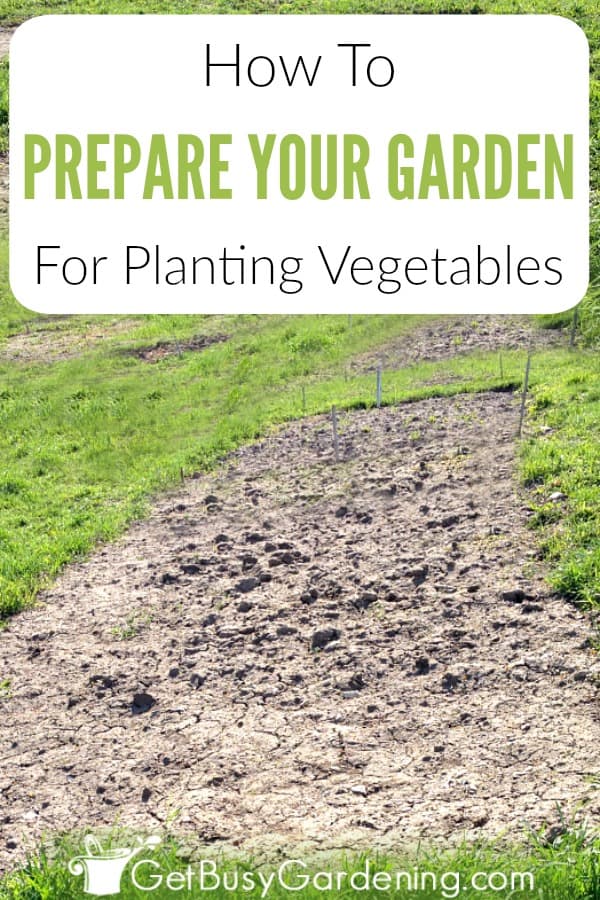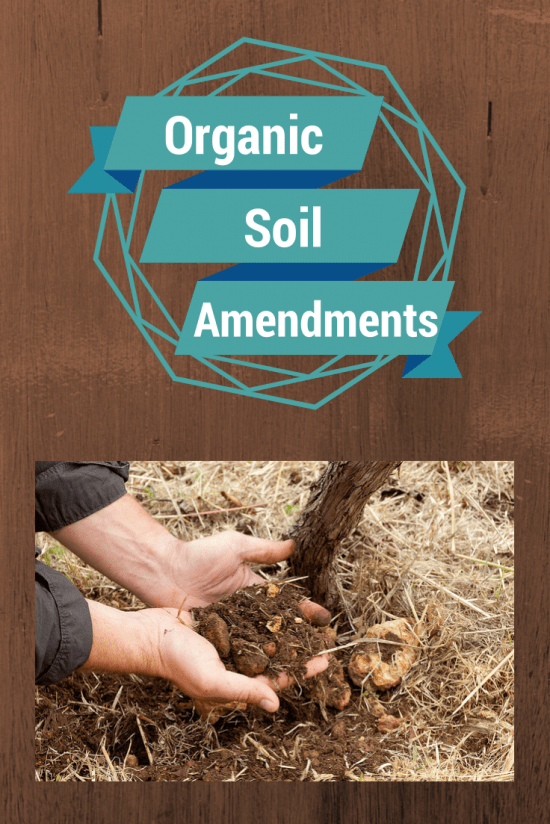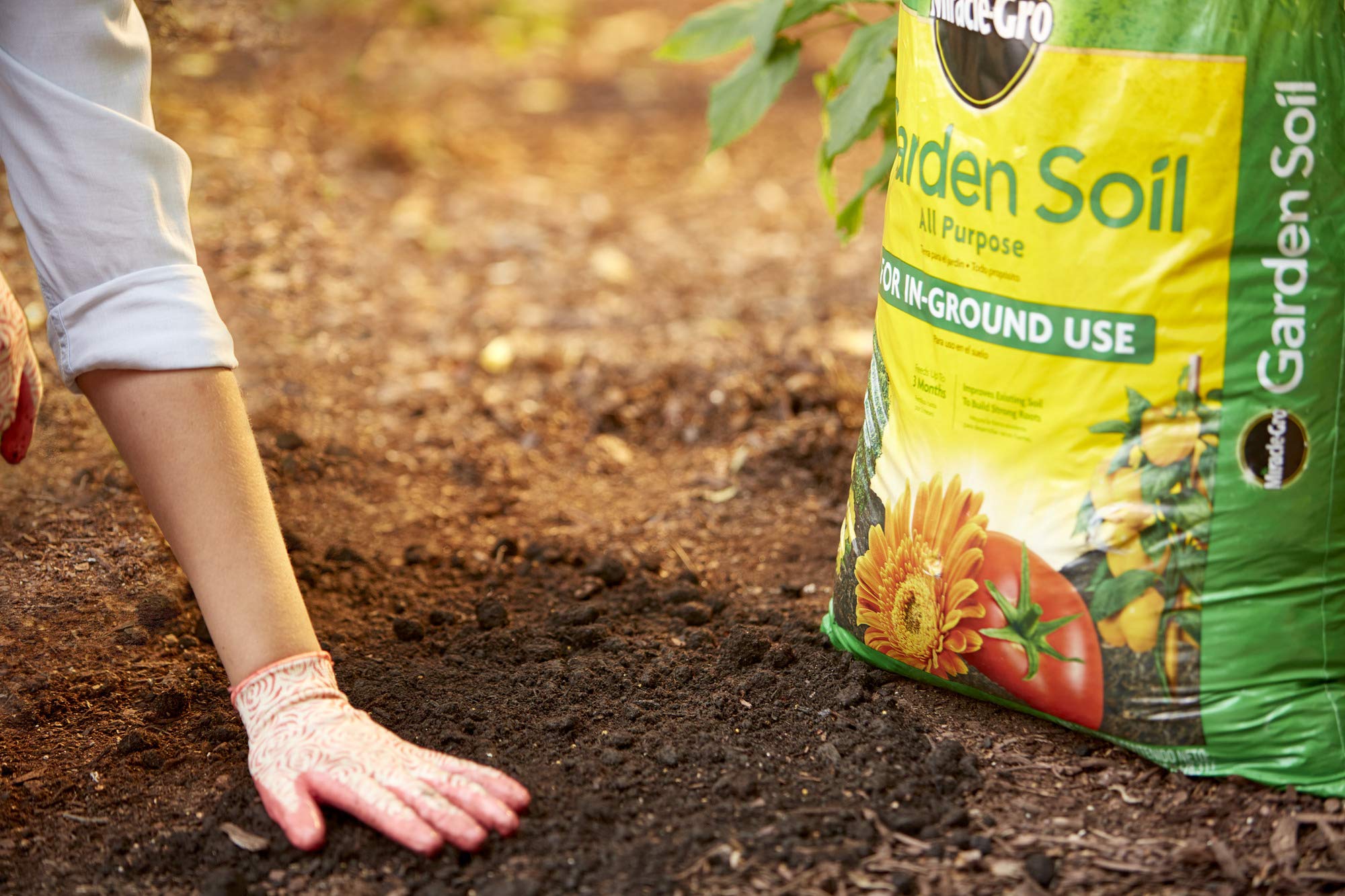How to Prepare Soil for a Vegetable Garden Bed: A Comprehensive Guide

Gardening is akin to painting a masterpiece, and your canvas is the soil. Just as an artist carefully prepares their canvas, so must a gardener prepare their soil. The health and productivity of your vegetable garden depend heavily on the quality and structure of your garden soil. So, how do you prepare soil for a vegetable garden bed? Let's dive in and explore the steps to create the perfect foundation for your green thumb endeavors.
Understanding Your Soil
Before you start amending your soil, it's crucial to understand what you're working with. Soil is a complex mixture of minerals, organic matter, water, and air. The texture and structure of your soil will significantly impact your vegetable gardening success.
Soil Texture
Soil texture refers to the size of the soil particles. The three main types are sand, silt, and clay. Sand particles are the largest, while clay particles are the smallest. The ideal soil for a vegetable garden is loam, which is a balanced mix of all three.
Soil Structure
Soil structure refers to how the soil particles clump together. Good soil structure allows for adequate water drainage and air circulation, which are vital for plant root health.
Testing Your Soil
To understand your soil better, consider conducting a soil test. This will provide insights into your soil's pH level, nutrient content, and texture. You can purchase a home testing kit or send a sample to your local cooperative extension service for a more detailed analysis.
Amending Your Soil
Once you have a clear picture of your soil's condition, you can start amending it to create the ideal environment for your vegetables.
Adding Organic Matter
Organic matter is the magic ingredient that improves soil structure, enhances water retention, and provides essential nutrients for your plants. Compost, well-rotted manure, and leaf mold are excellent sources of organic matter.

Balancing pH Levels
Most vegetables prefer a slightly acidic to neutral soil pH, ranging from 6.0 to 7.0. If your soil is too alkaline, you can lower the pH by adding sulfur or acidic organic materials like peat moss. Conversely, if your soil is too acidic, you can raise the pH by adding lime.
Improving Soil Drainage
Poor drainage can lead to waterlogging, which suffocates plant roots. If your soil has a high clay content, consider adding sand or gypsum to improve drainage. Raised beds can also help with drainage issues, as they allow excess water to flow away from the plants.
Preparing a Raised Bed
Raised beds offer numerous benefits, including better soil control, improved drainage, and easier access to your plants. Here's how to prepare a raised bed for your vegetable garden:
Choosing the Location
Select a spot that receives at least 6-8 hours of sunlight daily. Ensure the area is level and has good drainage.
Building the Bed
You can build your raised bed using various materials, such as wood, concrete blocks, or metal. The ideal size is 4 feet wide by 8 feet long, with a depth of at least 12 inches. This allows for easy access to all parts of the bed without stepping on the soil.
Filling the Bed
Fill your raised bed with a mix of topsoil, compost, and other soil amendments. Aim for a ratio of 60% topsoil, 30% compost, and 10% potting soil or other amendments. This will create a nutrient-rich, well-draining growing medium for your vegetables.

Maintaining Your Soil
Preparing your soil is just the beginning. To keep your vegetable garden thriving, you need to maintain your soil's health throughout the growing season.
Mulching
Mulch is a layer of organic material spread on the soil surface. It helps retain moisture, suppresses weeds, and regulates soil temperature. Straw, wood chips, and grass clippings are popular mulch materials.
Regular Watering
Consistent watering is essential for plant health. Aim to provide your vegetables with about 1 inch of water per week, either through rainfall or irrigation. Deep watering encourages strong root growth.
Crop Rotation
Crop rotation involves planting different types of vegetables in the same spot each year. This practice helps prevent soil depletion and reduces the risk of pests and diseases.
Conclusion
Preparing soil for a vegetable garden bed is akin to laying the foundation for a beautiful, productive garden. By understanding your soil, testing its composition, amending it with organic matter, and maintaining its health, you create an ideal environment for your vegetables to thrive. So, are you ready to roll up your sleeves and transform your garden soil into a nutrient-rich haven? Your vegetables will thank you!
FAQs
How often should I test my soil? It's a good idea to test your soil every 1-3 years, depending on your garden's health and productivity. Regular testing helps you monitor changes in soil pH and nutrient levels.
Can I use fresh manure in my vegetable garden? Fresh manure can contain harmful pathogens and may burn plant roots due to its high nitrogen content. It's best to use well-rotted manure or composted manure in your vegetable garden.
How deep should I till my soil? Tilling your soil too deeply can disrupt its structure and harm beneficial microorganisms. Aim to till your soil to a depth of 6-12 inches, depending on the root depth of the vegetables you plan to grow.
What is the best time to prepare my soil for a vegetable garden? The best time to prepare your soil is in the fall or early spring. This allows ample time for soil amendments to break down and improves the soil structure before planting.
How can I improve compacted soil? To improve compacted soil, add organic matter like compost or well-rotted manure. This helps improve soil structure and encourages beneficial microorganisms. Additionally, avoid walking on your garden beds to prevent further compaction.
By following these guidelines and maintaining a proactive approach, you'll be well on your way to cultivating a thriving vegetable garden. Happy gardening!
0 Response to "How to Prepare Soil for a Vegetable Garden Bed: A Comprehensive Guide"
Post a Comment